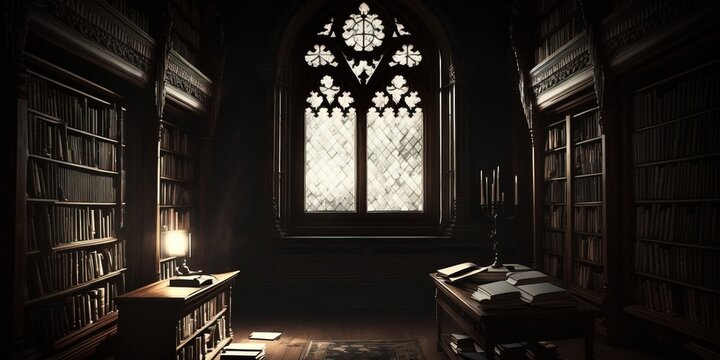
FAQ About Gothic Literature
Gothic Literature
2 years ago | gizem
What are the key characteristics of Gothic Literature?
Gothic Literature is characterized by several key elements and themes that create a unique atmosphere of mystery, fear, and suspense. These characteristics often combine to produce a sense of eerie and dark fascination. Here are some of the key characteristics of Gothic Literature:
- Atmosphere of Mystery and Suspense: Gothic literature creates an atmosphere of foreboding and tension. It often employs descriptive language to evoke a sense of gloom and dread.
- Supernatural Elements: Many Gothic works feature supernatural occurrences or entities such as ghosts, monsters, vampires, or other paranormal phenomena. These elements contribute to the genre's sense of the otherworldly.
- Isolated or Haunting Settings: Gothic stories are frequently set in isolated, eerie, or decaying locations, such as ancient castles, monasteries, mansions, or remote landscapes. These settings contribute to a sense of isolation and vulnerability.
- Powerful Antagonists or Villains: Gothic literature often features formidable and malevolent antagonists, such as villains, tyrants, or creatures of darkness. These characters embody evil and menace.
- Emotional Intensity: Characters in Gothic literature often experience heightened emotions, including fear, terror, love, and madness. These emotional states play a central role in the narrative.
- Romantic Elements: While distinct from Romanticism as a literary movement, Gothic literature often includes elements of romantic love, forbidden passion, and tragic relationships.
- The Uncanny: Gothic works frequently explore the concept of the "uncanny," which is the strange and unsettling. This can include encounters with doppelgängers (double selves) or unexplained phenomena.
- Psychological Horror: Many Gothic stories delve into the psychological horror of the human mind, exploring themes of madness, obsession, and paranoia.
- Gothic Architecture: The genre often incorporates descriptions of Gothic architecture, characterized by pointed arches, elaborate ornamentation, and dark, imposing structures. These architectural elements contribute to the atmosphere.
- Exploration of Taboos: Gothic literature often addresses taboo subjects such as death, sexuality, and the darker aspects of human nature.
- The Sublime: The Gothic often explores the idea of the "sublime," which refers to experiences that inspire awe, fear, and wonder. This can include encounters with the vastness of nature or the unknown.
- Exploration of Gender Roles: Many Gothic works examine the roles of men and women in society, often featuring strong, independent female characters.
- Social Commentary: Gothic literature can serve as a vehicle for social commentary, critiquing societal norms and inequalities.
- Influence of the Past: The genre often incorporates elements of history, legend, and the past to create an eerie and mysterious atmosphere.
- Dark and Symbolic Imagery: Gothic works frequently use dark and symbolic imagery, including motifs like stormy weather, moonlight, and mirrors.
